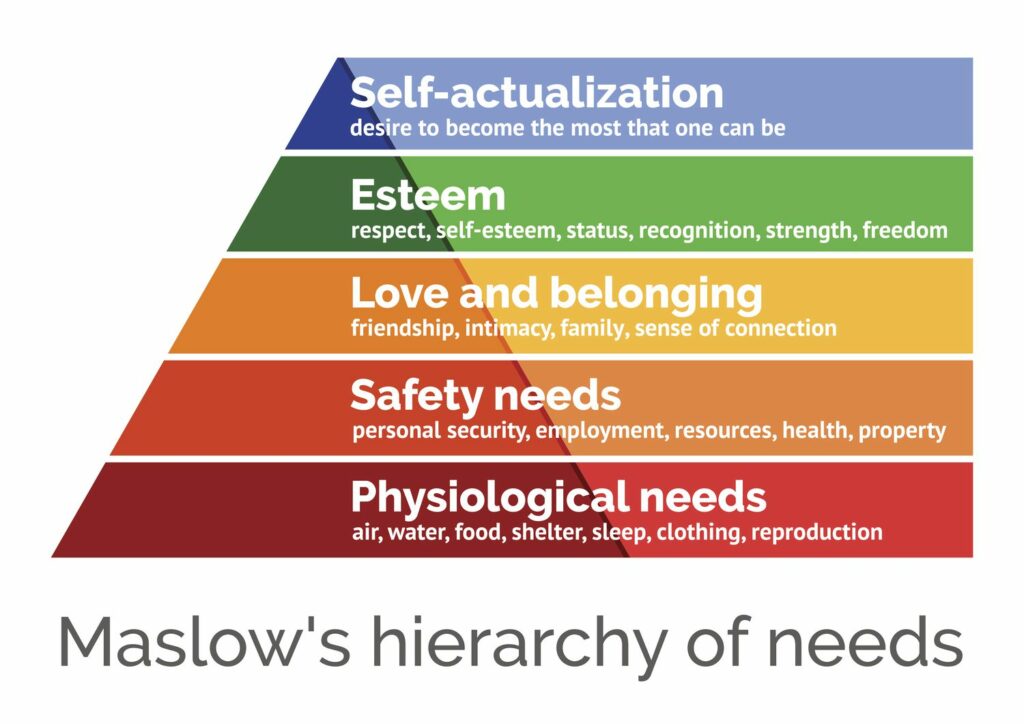Educators Value the Success of All Students. Educators Care for the Students and Act in their Best Interests
The right to an education is a basic human right, but not all learners learn the same way. Learning styles vary and as teachers, we must prepare for that. That is because all learning styles are valid and we cannot just focus on one learning style over another as that may alienate a student from their learning. Therefore every lesson must be accessible to all potential students and fit their varied needs. This may be done through the use of videos, songs, written text etc. Teachers must be aware of and implement a variety of tactics, strategies and learning tools to be accessible to all student needs. How students obtain their information can come then in a variety of ways.
In crafting an inclusive learning environment, it is essential to consider both student cognitive development and disabilities. Within classrooms, acknowledging the variability of cognitive development is paramount, recognizing that students may be at different stages of understanding at one period or another. This necessitates a flexible approach to instruction, as not all strategies will resonate equally with every developmental level. Further, fostering inclusion within the classroom requires one to embrace the diversity of abilities and advocate against ableism, ensuring that all students are provided with the necessary support and resources to participate fully. By addressing these aspects, educators can create an environment where every student feels valued, respected, and empowered to succeed.
Ensuring children feel safe and valued in the classroom is foundational to their overall well-being and academic success. A child’s learning ability is intrinsically linked to their sense of safety and comfort within the learning environment1. Addressing their basic needs is crucial; when a child is unhappy, hungry, or tired, their capacity to engage with learning diminishes. This aligns with Maslow’s Hierarchy of Needs, which emphasizes that physiological and safety needs must be met before higher-level needs, such as belongingness and esteem, can be fulfilled2. Therefore, creating a supportive and nurturing classroom atmosphere where children feel emotionally and physically secure is essential. When students feel safe and valued, they are better equipped to thrive academically, emotionally, and socially, laying the foundation for a successful learning journey.

How we teach is important in the success of our pupils but even more so is how we assess our students to fit their varied needs. Students may have different abilities of success when it comes to one assessment form over another. It is therefore important that we are willing to be more flexible to suit these diverse needs in assessment practice. How we can do this is to allow students to display their learning in a variety of formats such as projects, one-on-one conversations, papers, presentations etc.
During my first Practicum, I made use of multiple formats of media within my lessons to make it more accessible to all of my students within and outside of the classroom. I made use of a Moodle page to display my slides, worksheets and videos discussed and assigned in class for students to access and utilise at home on their own time. I also allowed students to hand in work through that platform if typing work was preferred, but doing so also meant that I had to utilise a plagiarism checker to make sure that all work was original. Thankfully during my practicum, no plagiarism was encountered in the final work presentations. During my classes, I made use of films, video clips, readings and in-class discussions to help build up student understanding of the topics at hand- which in my case was Warfare and Weaponry from the Medieval period to the Modern. When it came to assessment practices I allowed students to submit their essays either written by hand or typed and they were able to help each other edit or ask me for help with edits. Once marked and handed back they had the choice to come talk to me about their learning and perhaps better their grades through a discussion which displayed their understanding of the topics.
